Deductions: Working From Home
Working from home expenses can be deducted if you meet the following criteria:
- incur additional running expenses as a result of working from home
- be working from home to fulfil your employment duties, not just completing minimal tasks
- keep records at the time you work to prove you incur the cost.
To calculate your working from home expenses, you can use the revised fixed rate method or the actual cost method.
Expenses can only be claimed if they are related to your work.
Revised fixed rate method
You can claim 67 cents per hour when you work from home under the revised fixed rate method
The following expenses are listed below.
This method does not require a dedicated home office.
Expenses included in the revised fixed rate are:
- data and internet
- mobile and home phone usage
- electricity and gas
- computer consumables (e.g. printer ink)
- stationery.
Expenses included in the revised fixed rate cannot be deducted separately.
You can claim a separate deduction for:
- the decline in value of assets used while working from home, such as computers and office furniture
- the repairs and maintenance of these assets
- cleaning (only if you have a dedicated home office).
For work from home expenses using the fixed rate method before 2022–23, see more info:
Actual cost method
Using the actual cost method, you can deduct the actual expenses you incur while working from home.
You may be able to claim a deduction for each of the expenses you incur, such as:
- data and internet
- mobile and home phone usage
- electricity and gas
- computer consumables (e.g. printer ink)
- stationery
- the decline in value of assets used while working from home, such as computers and office furniture, as well as any maintenance and repairs of these items
- cleaning (only if you have a dedicated home office).
Calculations and records are required for the actual cost method. For example, you will need to know and keep records of the cost per unit of electricity and average units used per hour. If you plan to use this method,
see ato.gov.au/home
Checklist - What to remember:
Make sure you have the correct records before claiming a deduction for working from home. Do not claim expenses if you do not have records.
You can keep track of your expenses and receipts using myDeductions in the ATO app.
Revised fixed rate
You will need the following records:
A record of how many hours you worked from home in a year (e.g. a timesheet, roster, diary).
Proof of payment for expenses covered by the revised fixed rate method (for example, if you use your phone and electricity when you work from home, keep separate bills for these expenses).
In addition, you will need records for items you deduct separately.
For the 2022–23 income year
From 1 July 2022 to 28 February 2023, the ATO will accept records that show the total number of hours worked from home (for example, a 4-week diary).
From 1 March 2023, a record of all the hours you worked from home is required.
Actual cost method
For each expense you claim, you will need to keep a record.
Running expenses
In order to prove that you incur additional running expenses, you must provide the following evidence:
A receipt, bill, or invoice that shows the supplier, amount of expense, type of goods, date of payment, and document date.
A record of your personal and work-related usage of purchases.
Work-related expenses can be calculated using records for the entire year or over a 4 week period that represents the time you spend working
You can use a diary or itemised bill as an example.
Decline in value of assets and equipment
For depreciating assets, you will need records that show:
when and where you buy the item and its cost
when you started using the item for a work related purpose
how you work out your percentage of work-related use, such as a diary that shows the purpose of and use of the item for work either
- A copy of the Commissioner's determination of effective life you use to calculate the item's decline in value
- how you work out the effective life if you don't use the Commissioner’s determination.
which method you chose to work out the decline in value.
Thank you for reading!
Should you have any queries in regards to the above please contact our office on (03) 9728 1448
The TAS Team
3/653 Mountain Highway, Bayswater VIC 3153
The information contained in this publication is for general information purposes only, professional advice should be obtained before acting on any information contained herein. The receiver of this document accepts that this publication may only be distributed for the purposes previously stipulated and agreed upon at subscription. Neither the publishers nor the distributors can accept any responsibility for loss occasioned to any person as a result of action taken or refrained from in consequence of the contents of this publication.

